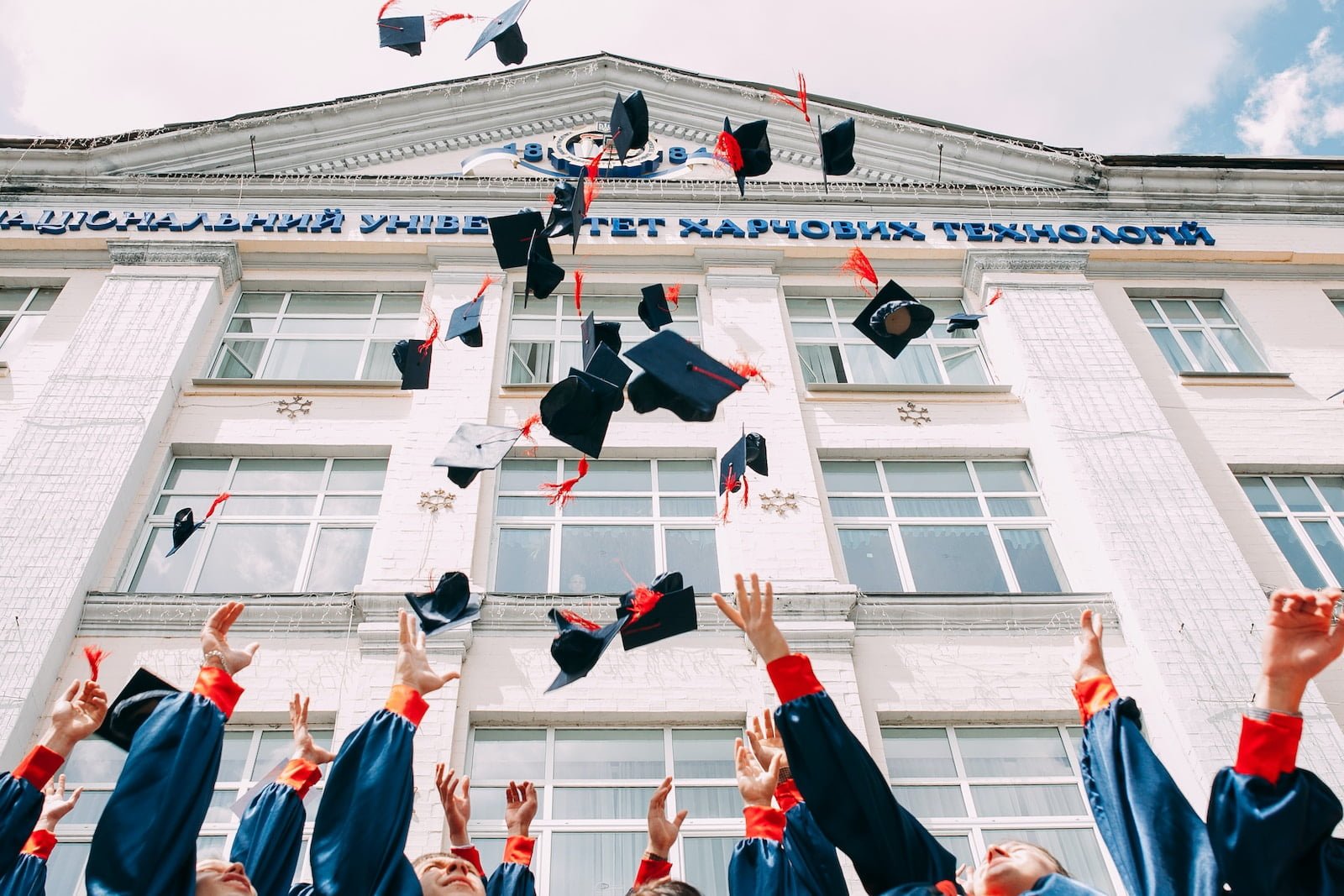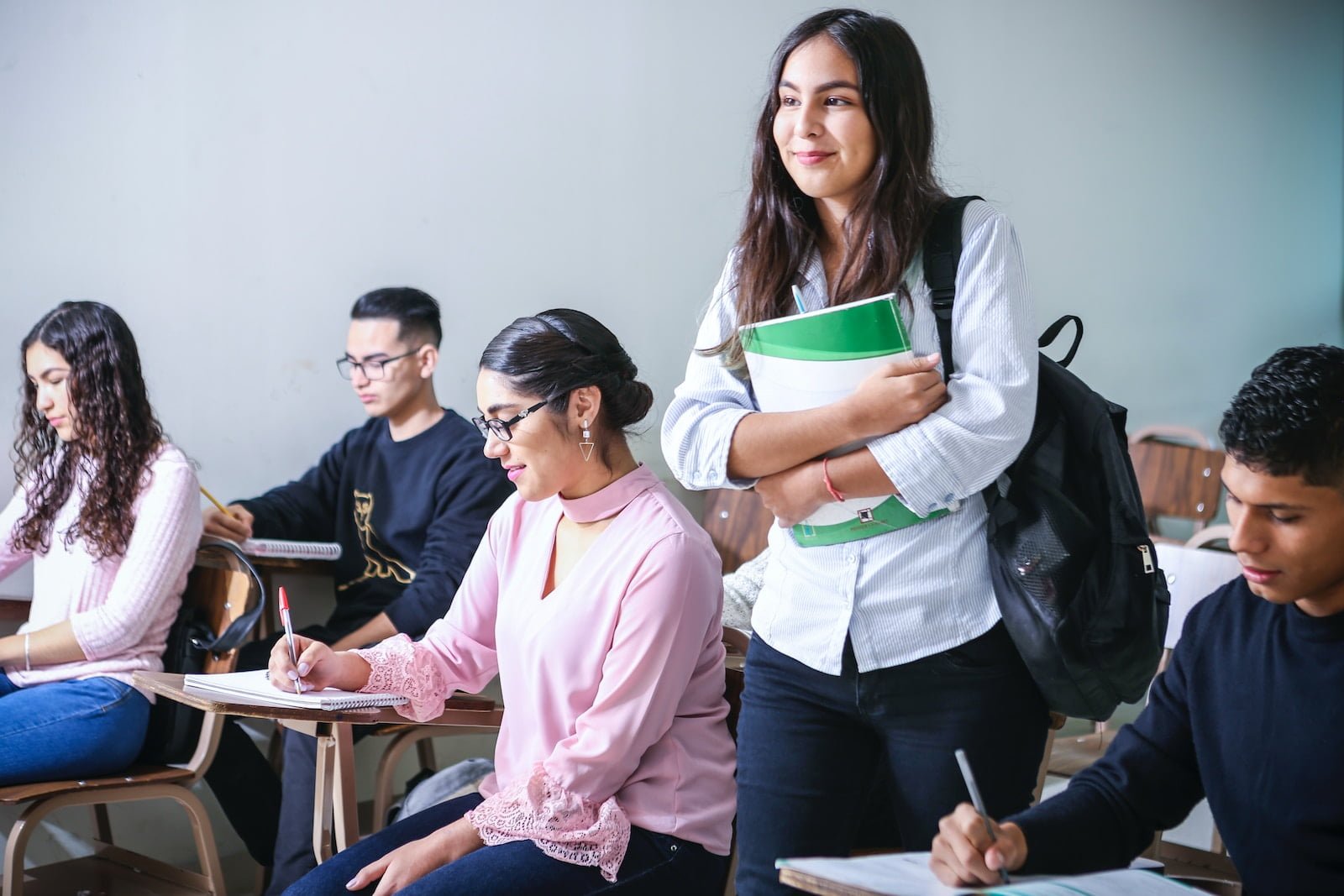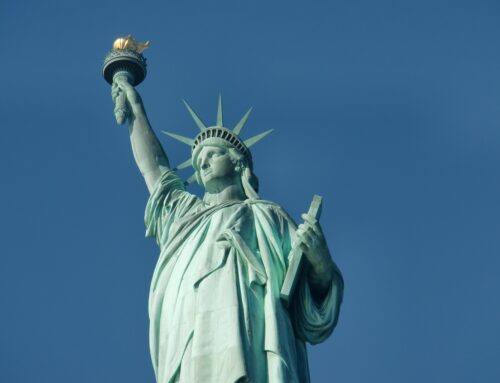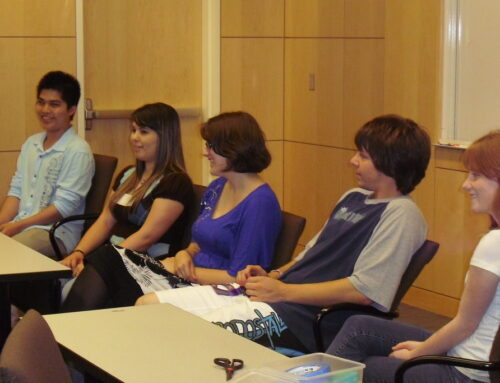Navigating the world of student visas can be a daunting task, but understanding the different types available is crucial to planning your study abroad experience. As an international student, you’ll need the appropriate visa to study in the United States. The type of visa you require depends on your educational program and institution.
The three primary student visa types are F, J, and M. The F-1 visa is designed for students attending accredited U.S. colleges, universities, or English language institutes. The J-1 visa caters to exchange students participating in cultural or educational programs, while the M-1 visa is tailored for vocational and non-academic students. Each visa type has specific conditions and restrictions, so it’s essential to carefully consider your study plans before applying. By familiarizing yourself with the different types of student visas, you’ll be better equipped to make informed decisions about your educational journey in the United States.

Overview of Student Visas
When planning to study in the United States, it is essential to understand the different types of student visas available to international students. Three main types of student visas cater to various educational and exchange program needs: F-1 Visa, M-1 Visa, and J-1 Visa.
F-1 Visa
The F-1 Visa is the most common type of student visa for those wishing to pursue academic programs in the United States. To qualify for an F-1 visa, you must be admitted to an accredited educational institution and show proof of funding for at least the first year of study. As an international student, you are allowed to enter the United States up to 30 days before your program’s start date and must maintain full-time enrollment status during your studies.
M-1 Visa
M-1 visas are designated for students engaging in vocational or non-academic studies. Much like the F-1 visa, you must be admitted to a U.S. educational institution and show proof of funding for the duration of your program. However, M-1 students are granted a fixed time period for their stay in the United States, typically the length of their program plus 30 days after completion.
J-1 Visa
The J-1 visa is designed for individuals who participate in various exchange programs, such as visiting scholars, interns, and trainees. Additionally, it is available to students who receive funding from sources like the U.S. government, their home country or an international organization. To be eligible for a J-1 visa, your program must be approved by the U.S. Department of State. This type of visa generally allows for a more flexible stay in the United States, as it takes into account the specific exchange program duration.
Navigating the application process for each type of student visa may seem daunting at first; however, with ample preparation and the right guidance, you can successfully accomplish this crucial step towards studying in the United States.

Application Process
DS-160 Form
To begin the application process for a U.S. student visa, you need to complete the Online Nonimmigrant Visa Application, Form DS-160. This form requires you to provide your personal, education, and family information, as well as your passport data and travel plans. After submitting the DS-160 form, you will receive a confirmation page with a barcode that you must bring to your visa interview.
Scheduling the Visa Interview
The next step is to schedule your visa interview at a U.S. Embassy or Consulate. Appointments can be made through the embassy or consulate’s website. Keep in mind that appointment waiting times can vary, so plan accordingly to ensure you have plenty of time before your intended travel date. It is important to prepare for the interview by reviewing potential questions and gathering the necessary documents.
Required Documents and Fees
Before attending your visa interview, you will need to gather the necessary documents. Some of the required documents include:
- Your valid passport
- Form DS-160 confirmation page and barcode
- Receipts for paid fees, such as the SEVIS fee and issuance fee (if applicable)
- Certificate of Eligibility (I-20 or DS-2019) for the type of visa for which you are applying
- Proof of adequate financial support, such as bank statements or sponsorship letters
- Academic transcripts and diplomas from previous schools attended
- Test scores, such as TOEFL, SAT, GRE, or GMAT (if applicable)
Before attending your visa interview, ensure you have paid all necessary fees. The SEVIS fee is required for F-1, J-1, and M-1 visa applicants, while the issuance fee may vary depending on your country of citizenship.
Fees
When applying for a U.S. student visa, you will have to pay several fees as part of the application process. The most common fees are:
- SEVIS fee: Required for F-1, J-1, and M-1 visa applicants and must be paid before the visa interview.
- Visa application fee (MRV fee): This non-refundable fee is required for all applicants, regardless of the visa type.
- Visa issuance fee: This fee varies based on your country of citizenship and must be paid after the visa is approved but before it is issued.
Ensure all the applicable fees are paid and you have the receipts to present during the visa interview. Keep in mind that these fees are subject to change, so always check the latest information on the U.S. Embassy or Consulate’s website.

Academic and Vocational Programs
F-1 Visa: Academic Programs
As an international student planning to attend an accredited U.S. college or university, you must apply for an F-1 visa. With this visa, you can pursue a degree, participate in an academic program, or study English at a language institute. During your first academic year, you may be eligible for on-campus employment subject to certain restrictions and conditions. However, off-campus employment is not allowed until after the first academic year.
M-1 Visa: Vocational Programs
If you are enrolling in a vocational or non-academic program other than language training, you will need an M-1 visa. Unlike F-1 visa holders, M-1 students are not allowed to work on or off-campus and have limited options for practical training. Before applying for this visa, make sure the vocational institution is certified by the Student and Exchange Visitor Program (SEVP) and the program is registered in the Student and Exchange Visitor Information System (SEVIS).
J-1 Visa: Exchange Programs
For participation in a cultural exchange program, including high school and university study, you should obtain a J-1 visa. This type of visa aims to promote mutual understanding between countries and support global connections. Exchange programs can cater to students, scholars, teachers, and trainees, providing a wide range of opportunities. As a J-1 visa holder, you must follow the specific rules and requirements of your exchange program.
When applying for any of these visas, it is crucial to thoroughly research the eligibility criteria, application process, and regulations governing each visa type. By understanding the different visa options, you can choose the one that best fits your educational goals and needs.
Visa Eligibility Requirements
Before you apply for a student visa, it’s important to understand the eligibility requirements for each type. This section will outline the requirements for F-1, M-1, and J-1 visas.
F-1 Visa Requirements
To be eligible for an F-1 visa, you must:
- Be enrolled in a program or course of study that culminates in a degree, diploma, or certificate,
- Your school must be authorized by the U.S. government to accept international students,
- Demonstrate sufficient financial support for the duration of your studies,
- Maintain a valid passport, and
- Your intention must be to leave the U.S. upon completion of your studies.
Keep in mind that regulatory conditions such as the SEVP and SEVIS are essential for ensuring compliance with visa eligibility requirements.
M-1 Visa Requirements
If you plan to pursue vocational or non-academic programs, you should apply for an M-1 visa. The requirements include:
- Being enrolled in a vocational or non-academic course,
- The program must be authorized by the U.S. government,
- Show proof of financial support for the duration of your studies,
- Possess a valid passport, and
- You must intend to leave the U.S. after completing your studies.
Remember, complying with the laws and regulations established by the U.S. government is crucial to avoid facing any potential challenges with your M-1 visa status.
J-1 Visa Requirements
The J-1 visa is typically for students who want to participate in exchange or training programs. To qualify for a J-1 visa, you must:
- Be accepted into a recognized exchange program,
- Have a valid DS-2019 Form issued by your program sponsor,
- Demonstrate sufficient financial means to cover your living expenses and program costs,
- Have a valid passport, and
- Your intent should be to return to your home country upon the program’s completion.
It is essential to carefully follow the procedures outlined by the U.S. Citizenship and Immigration Services (USCIS) for a smooth visa application process.
Lastly, always ensure that you apply for your visa at the appropriate consular office well ahead of your scheduled trip to the U.S.
Work Authorization and Training
As an international student in the United States, your visa may allow you to participate in various types of training and work authorization programs. In this section, we will discuss two major programs: Optional Practical Training (OPT) and Curricular Practical Training (CPT).
Optional Practical Training (OPT)
OPT is a work authorization program that allows you, as an F-1 visa holder, to gain practical experience in your field of study. You can apply for an initial 12-month period of OPT after completing your academic degree. If your major is in a science, technology, engineering, or math (STEM) field, you may be eligible for an additional 24-month extension, for a total of 36 months of OPT. Keep in mind that you must request OPT authorization from your Designated School Official (DSO) and submit a form I-765 to United States Citizenship and Immigration Services (USCIS) for approval.
Some key points about OPT:
- Can be used before or after graduation, part-time or full-time
- Must be directly related to your major field of study
- Requires the recommendation of your Designated School Official (DSO)
- Requires USCIS approval
Curricular Practical Training (CPT)
CPT is another work authorization program for F-1 visa holders, allowing you to engage in practical training that is an integral part of your academic curriculum. This includes internships, cooperative education programs, or practicum experiences required by your academic program. You are eligible for CPT after completing one academic year of full-time enrollment and must receive authorization from your DSO. Unlike OPT, CPT does not require USCIS approval.
To participate in CPT, keep these key points in mind:
- Must be an integral part of your academic program
- Can be used before or after graduation, part-time or full-time
- Requires the recommendation of your Designated School Official (DSO)
- Does not require USCIS approval
Understanding and taking advantage of these training and work authorization programs can help you gain valuable experience in your field of study and enhance your career prospects in the United States.
Frequently Asked Questions
What are the requirements for obtaining an F1 visa?
To obtain an F-1 visa, you must be accepted to study full-time at an accredited academic institution in the United States. Additionally, you must demonstrate financial ability to cover your living and educational expenses and maintain a residence abroad that you have no intention of abandoning.
How does the J-1 visa differ from the F-1 visa?
The J-1 visa is designed for participation in exchange programs, including high school and university study. In contrast, the F-1 visa is for individuals pursuing a full-time academic program at a U.S. college or university. Additionally, J-1 visa holders may be subject to a two-year home-country physical presence requirement upon completion of their program.
What is the purpose of an M-1 visa and who qualifies for it?
The M-1 visa is designed for students pursuing non-academic or vocational studies in the United States. To qualify for an M-1 visa, you must be accepted into a full-time, non-academic vocational program and demonstrate financial ability to cover living and educational expenses.
What are the eligibility criteria for the J-2 visa?
The J-2 visa is for dependents (spouses and unmarried children under 21) of J-1 visa holders. To be eligible for a J-2 visa, you must be able to prove your relationship to the J-1 visa holder and demonstrate financial means required for your support during the J-1 holder’s stay in the U.S.
What costs are associated with obtaining a US student visa?
Typical costs associated with obtaining a U.S. student visa include the SEVIS fee ($350 for F and M visas, $220 for J visas), an application fee of $160, and additional fees for visa issuance, depending on your country of origin. You may also need to pay for travel-related expenses, such as transportation to the U.S. consulate or embassy for your interview.
How can students from India apply for a US student visa?
Students from India applying for a U.S. student visa should start by completing the DS-160 visa application form and submitting it online. Afterward, you will be required to pay the visa application fee at an approved bank or online and schedule your visa interview at a U.S. embassy or consulate. Prepare for the interview by gathering required documents, such as your I-20 or DS-2019 form, SEVIS fee receipt, financial documents, and passport-sized photographs.




